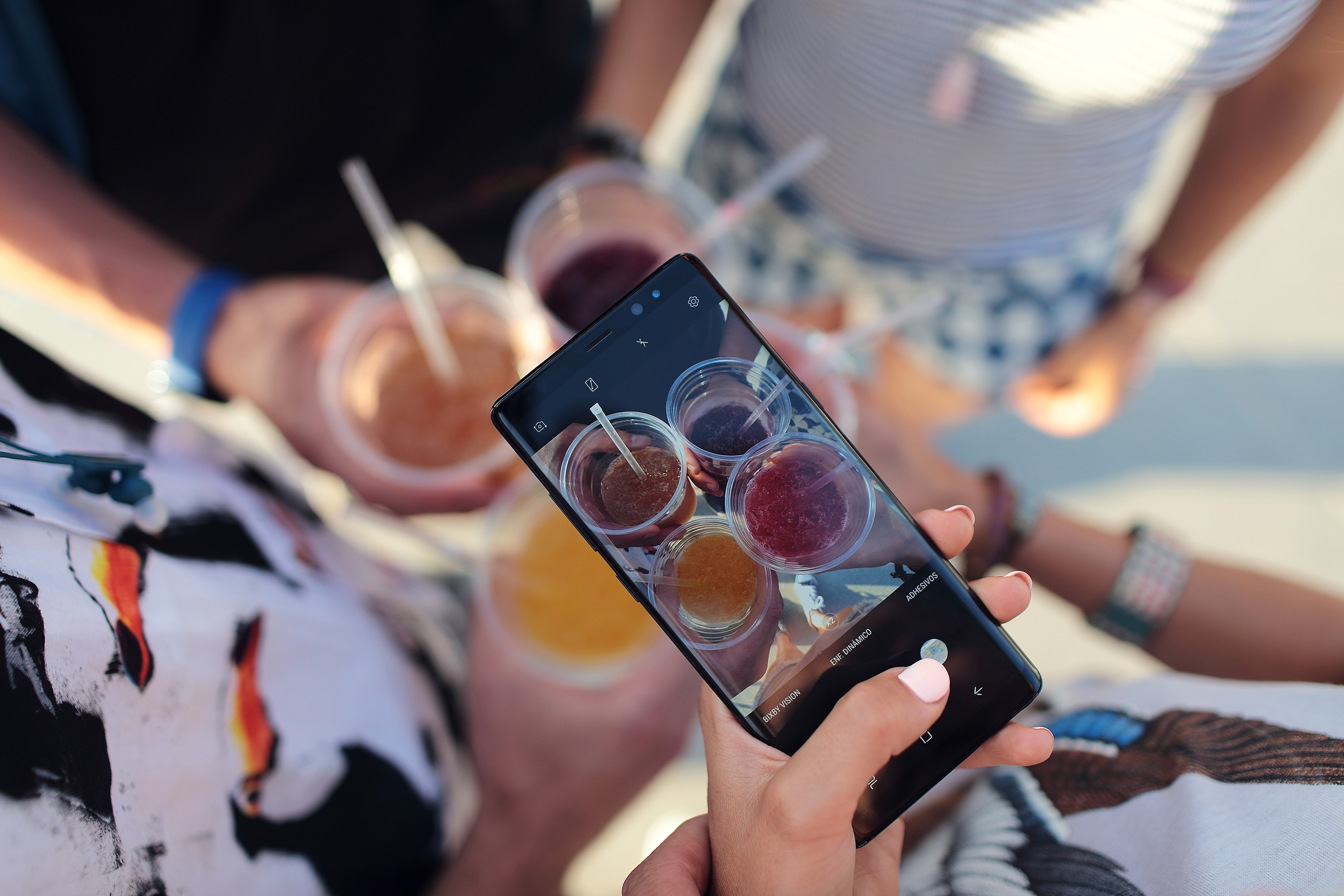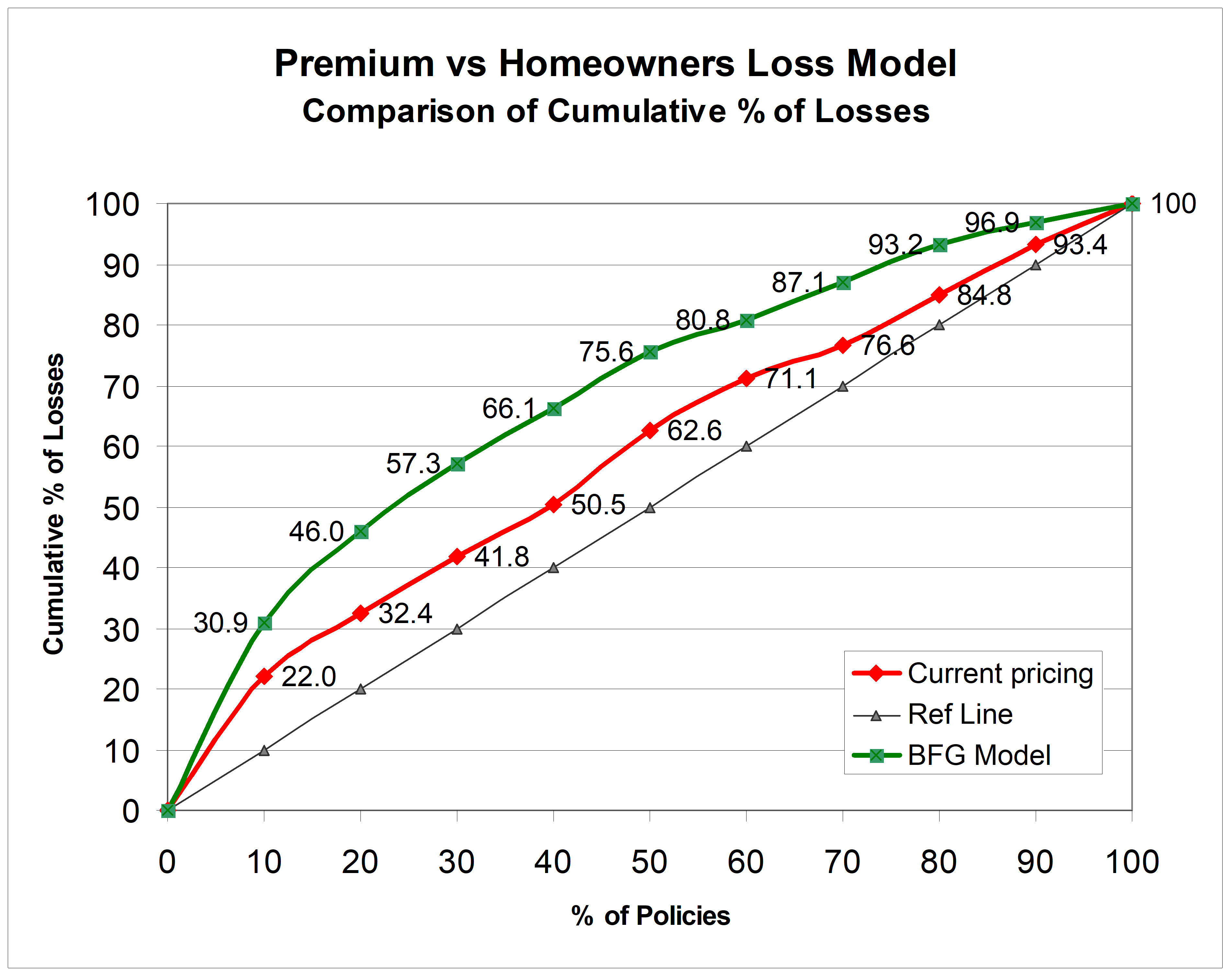
By Kyle O’Brien
Most people know of QuickBooks and TurboTax, but until last year, many may not have known the name of the company behind those popular financial help products.
With the release of its latest brand campaign, Intuit puts a stake in the ground as the go-to ecosystem of financial products – QuickBooks, TurboTax and Mint – with an animated tale of an entrepreneur who uses those products to get her business and her financial life in order.
The 60-second spot, ‘A Prosperity Story,’ a girl named Luisa sits in her father’s coffee shop, designing a hat and coffee cups. When a customer gives her a tip, a new entrepreneur is made. She is seen selling the design on clothes at a street stand, where she loses receipts to the wind. Knowing she needs a better way, she is visited by the Intuit giant – a character introduced in last year’s campaign during a four minute film. The giant shows her positive cash flow through QuickBooks, financial health and tax cuts with TurboTax and financial management with Mint. She finds a storefront and is on her way to her version of prosperity.
Intuit states that it fundamentally believes that everyone deserves, but many Americans live paycheck to paycheck, where even the smallest emergency can send a family into financial crisis. Half of all small businesses fail, according to the company.
“Everyone deserves a prosperous life, but the path to prosperity not easy for everyone,” Lauren Stafford-Webb, head of global corporate marketing for Intuit told The Drum. “We’re committed to turning those realities around. Intuit provides the financial tools so people can take control of their financial realities.
“The giant is a metaphor showing the power of our products,” she continued, stating that those products are powered by the company’s continuous data and advanced technology. “We’re working on behalf of our customers, giving them the confidence they need.”
The reason that Intuit chose an entrepreneur for its tale is that it brings it to a personal level. Stafford-Webb said that all people have some level of challenging financial problems, and that there are 750 million people around world who work for themselves in some way. They all need to manage their finances while following their passions. The commercial animation demonstrates how Intuit can use its suite of products to work on their behalf.
The campaign was created and produced by Intuit’s agency of record, Phenomenon and the film was directed by Against All Odds of Oscar-winning production company Passion Animation Studios.
To get to the story the team worked with, Intuit spent a lot of time with its customers, researching all over the country to find out how people dealt with their financial lives. “The truth (we found) is that people have passions in their lives and are working super hard to achieve prosperity for them. They’re going out on their own, managing their finances. That was really inspirational to us,” said Stafford-Webb.
She added that the first animated campaign exceeded expectations, with 25 million views, and a view-through rate on YouTube that went past the average movie trailer. The name recognition for Intuit is still an ongoing process and one that doesn’t happen overnight.
“We are a 35-year-old company. For the first 33 years, we were building our product brands,” said Stafford-Webb, adding that with people seeing Intuit as the umbrella company, there is relevance. “Knowing the ecosystem of the products, they know they can work seamlessly across them with confidence…It’s only year two for the Intuit brand. We do have a journey ahead of building equity in the brand.”
Intuit also had a 30-second ad, ‘Power of Giants’, in the AFC and NFC championship games, and it plans to unveil 60-second ‘A Prosperity Story’ during the Grammys. The media buy will then cover other big events, plus integrated television, online and social elements.
On social media, Intuit is inviting its customers to tell the company what prosperity means to them. Luisa was decided on as a character after the company talked with numerous self-employed artists. For many of those people, said Stafford-Webb, it was getting to live the life they want, and the company decided to champion that dedication, while providing the tools for people to live that life.
Scoring the film is a newly debuted song by Raiche, an up-and-coming Latina singer-songwriter who identifies with the spot’s protagonist, Luisa, from her own self-determination to achieve her goals as a musical artist. The song in the spot is called Shine, and Stafford-Webb said the walking beat helped create the drive behind Luisa.












You must be logged in to post a comment.